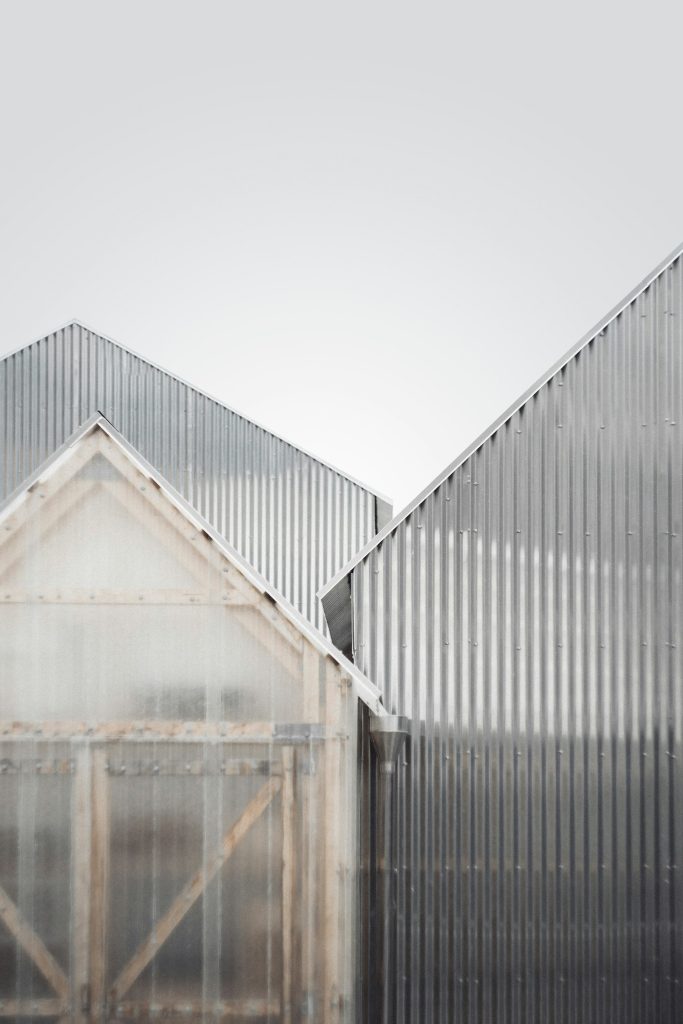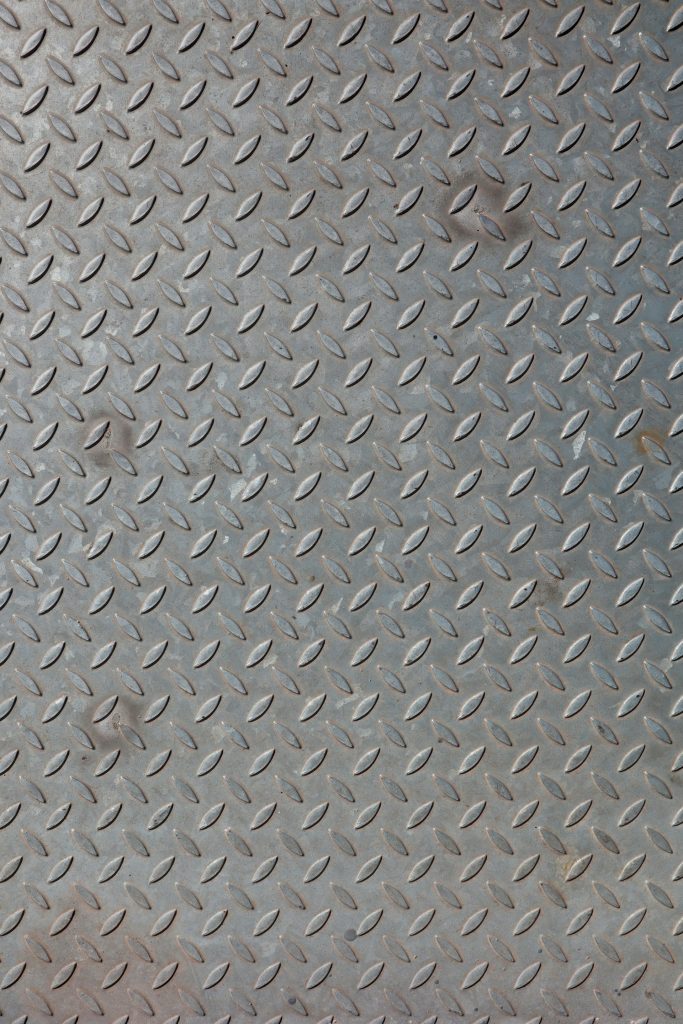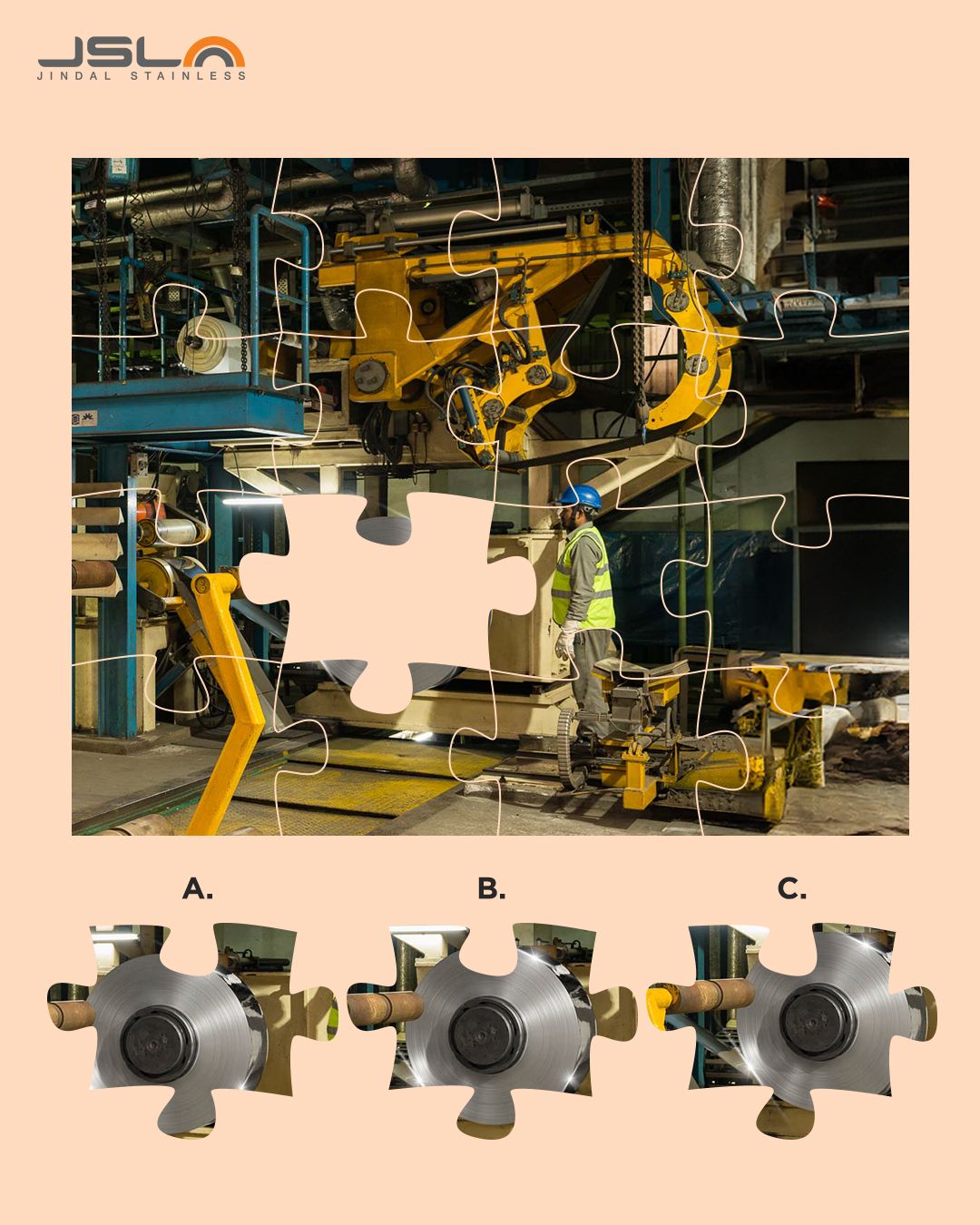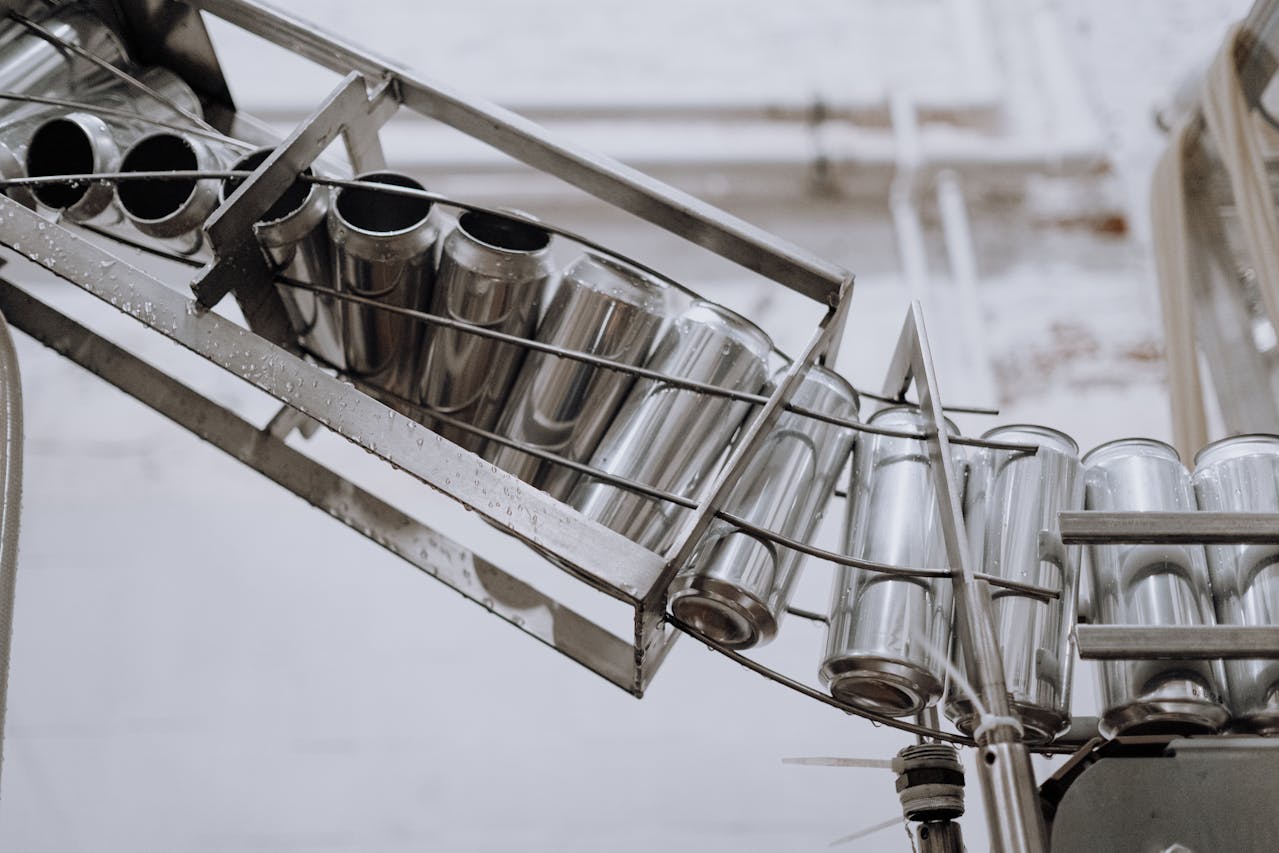Stainless Steel vs. Carbon Steel: Which Is Better for You?
October 28, 2024
Introduction
When selecting the correct type of steel for a project, the choice often comes down to carbon steel vs stainless steel. While similar, these two metals have distinct properties that make them suitable for different applications. Carbon steel and stainless steel are commonly used in construction, manufacturing process , and household items. Choosing the right one can impact everything from the longevity of a product to its appearance and maintenance needs. This blog will break down the properties of both materials, explore their advantages and disadvantages, and help you decide which steel is best for your specific project or stainless steel industry.

What is Carbon Steel?

Carbon steel is an alloy made primarily of iron and carbon. The carbon content, typically between 0.2% and 2.1%, is crucial in determining the steel’s hardness and strength. Based on carbon content, carbon steel is divided into three main categories: low-carbon steel, medium-carbon steel, and high-carbon steel.
- Low-carbon steel: This variety contains less than 0.3% carbon and is known for its ductility and malleability. It’s often used in applications that require bending and shaping, such as in creating pipes or structural beams.
- Medium Carbon Steel: This type contains between 0.3% and 0.6% carbon and balances strength and ductility. It is commonly used in automotive parts, machinery, and structures where moderate strength is necessary.
- High Carbon Steel: With a carbon content of more than 0.6%, high carbon steel is solid but also brittle. While it lacks flexibility, it’s ideal for tools that require hardness, such as cutting tools and springs.
Carbon steel properties make it incredibly versatile, particularly in construction and manufacturing. It is strong, durable, and affordable, so it’s used in everything from buildings and bridges to cutting tools and automotive parts.
What is Stainless Steel?

Stainless steel is an alloy of iron, carbon, and at least 10.5% chromium. The addition of chromium is what sets stainless steel apart from carbon steel. Chromium forms a thin, invisible oxide layer on the surface of the steel, which protects it from corrosion and rust, even when exposed to moisture.
Stainless steel often contains other elements, such as nickel and molybdenum, which enhance its corrosion resistance and strength. This makes it ideal for applications in wet or humid environments, such as kitchens, hospitals, and chemical processing plants.
Some of the critical stainless steel properties include:
- Corrosion Resistance: Stainless steel is highly resistant to rust and tarnishing, making it the go-to choice for applications exposed to moisture.
- Hygienic Properties: Its smooth, non-porous surface is easy to clean, so it’s used in food preparation and medical equipment.
- Aesthetic Appeal: Stainless steel’s bright, polished finish makes it ideal for decorative purposes in architecture and interior design.
Difference Between Carbon Steel and Stainless Steel
When choosing between carbon steel vs stainless steel, it’s essential to understand the differences in composition, corrosion resistance, strength, and appearance.
Composition Differences
The primary difference between carbon steel and stainless steel lies in their chemical composition. Carbon steel consists mainly of iron and carbon, while stainless steel contains chromium as its key alloying element. This chromium content in stainless steel provides its rust-resistant properties, whereas carbon steel is more prone to rusting unless treated or coated with protective layers.
Corrosion Resistance
Stainless steel is highly resistant to corrosion thanks to its chromium content, which forms a passive layer that prevents rust. This makes it the preferred choice for environments exposed to moisture, like kitchens, bathrooms, or outdoor applications. On the other hand, carbon steel is more susceptible to rust unless treated with paint, oil, or galvanization. If corrosion resistance is a priority, stainless steel is the better choice in the debate between carbon steel vs stainless steel.
Strength and Durability
Regarding strength, carbon steel material—exceptionally high carbon steel—tends to outperform stainless steel. Carbon steel properties include high tensile strength, which makes it ideal for load-bearing applications like construction beams and bridges. Stainless steel, while durable, tends to be more pliable and flexible. High-carbon steel uses are more common for applications requiring a high hardness level, such as cutting tools or heavy-duty structures.
Appearance and Finish
Stainless steel is known for its sleek, polished finish, which makes it popular in modern architectural designs, appliances, and kitchenware. It retains its shine with minimal maintenance, requiring only occasional cleaning to remove fingerprints or smudges. Carbon steel, on the other hand, has a more matte or dull finish and often requires coatings or paints to protect it from rust. Over time, carbon steel material will need more maintenance to retain its appearance.
High Carbon Steel: Properties and Uses
Due to its higher carbon content, high-carbon steel is characterized by its high strength, hardness, and wear resistance. While it is more brittle than other forms of carbon steel, its extreme hardness makes it perfect for applications that require durable, sharp edges or parts.
Some common high-carbon steel uses include:
- Cutting Tools: High-carbon steel is used for knives, scissors, and industrial cutting tools that require a sharp, durable edge.
- Springs: Its high tensile strength makes it ideal for heavy-duty springs used in machinery and automotive applications.
- Construction Materials: High carbon steel uses include reinforcements, wires, and load-bearing beams.

Which Steel is Best for Your Needs?
The answer to which steel is best for your project depends on your needs.
- Stainless steel is the better choice for projects involving exposure to moisture or chemicals because it is corrosion-resistant. This makes it ideal for kitchen equipment, medical devices, and outdoor structures.
- For Strength and Durability: Carbon steel is the superior option when strength is a priority, such as in construction or tool manufacturing. High carbon steel provides the necessary hardness and durability in these applications.
- For Aesthetic Purposes: If appearance is important, stainless steel offers a sleek, polished finish that is easy to maintain and ideal for modern designs.
- For Affordability: Carbon steel is generally less expensive than stainless steel, making it more cost-effective for large-scale projects or applications where corrosion resistance isn’t a concern.
Conclusion
Choosing between carbon steel vs stainless steel depends on several factors, including the environment in which the material will be used, the required strength, and the desired appearance. Carbon steel material is more robust and more affordable, while stainless steel offers superior corrosion resistance and aesthetic appeal. Understanding the difference between carbon steel and stainless steel lets you decide which steel is best for your project: construction, manufacturing, or home design.






